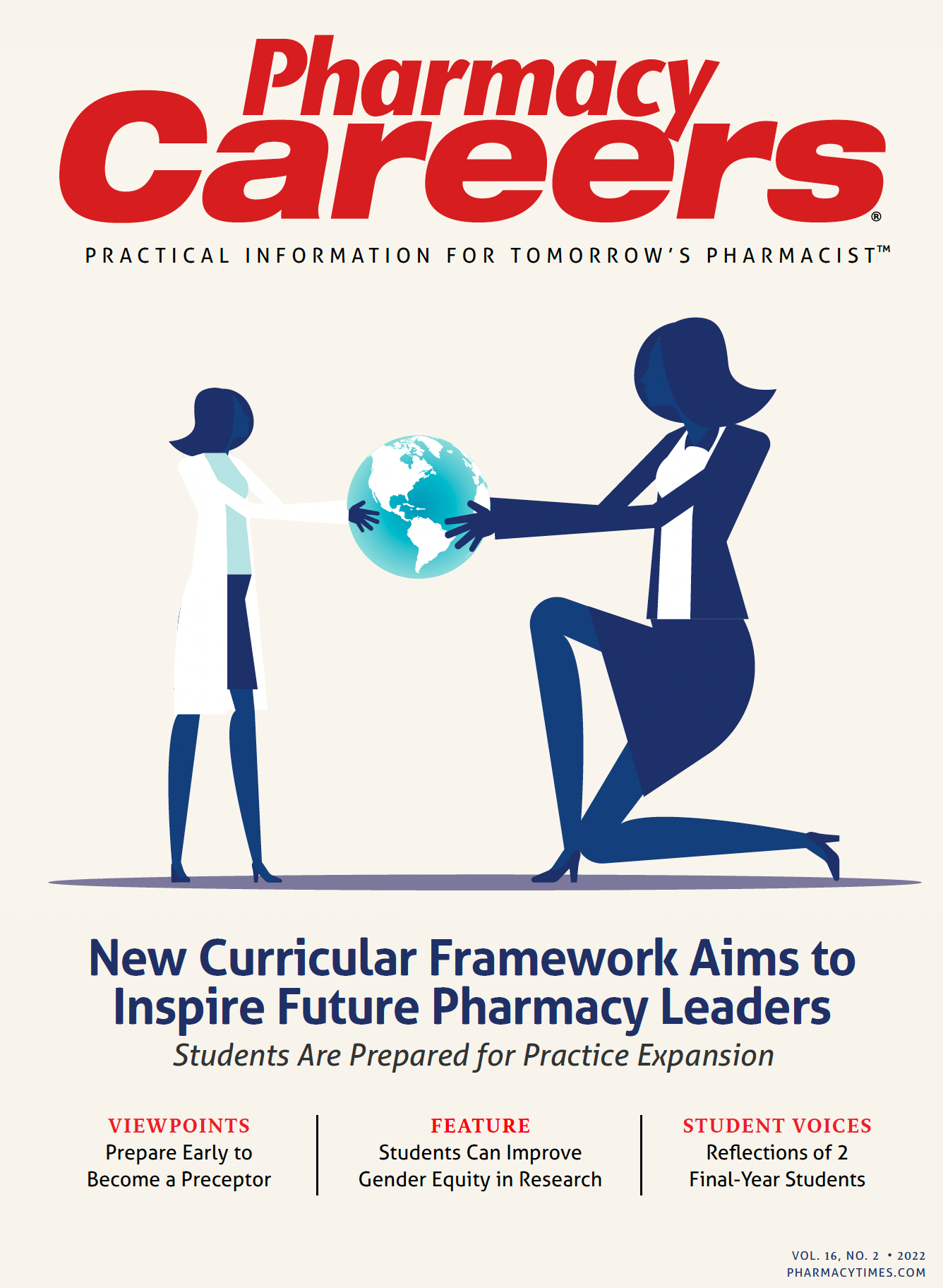Publication
Article
Pharmacy Careers
Pharmacy Schools Can Break Down Barriers Between Pharmacists, Deaf Community
Author(s):
Most pharmacists and technicians are unaware of resources that aid in communication.
In the United States, more than 50 million individuals have some form of detectable hearing loss.1,2 The onset of hearing loss may be prelingual or postlingual. Hearing loss that occurs before the critical period of language development is called prelingual hearing loss. However, because many cases of hearing loss are related to age, most individuals have postlingual hearing loss.3
Many individuals with hearing loss use spoken language to communicate. However, within this intricate community, a subset of individuals primarily use American Sign Language (ASL). It is not uncommon to see individuals who use ASL or another sign language be denied access to the health care system because most providers, including pharmacists, do not provide adequate communication access. As a result, these individuals are at an increased risk of receiving poorer quality of health care. Most medical training programs, including pharmacy schools, do not prepare medical staff to effectively communicate with individuals with hearing loss. They also do not teach students about the Americans with Disabilities Act of 1990 (ADA).
The ADA is a federal law mandating that health care organizations provide services, ensuring accessible and effective communication, among other requirements.4 However, many providers are not aware of their legal obligations under the ADA. For example, patients may request an ASL interpreter for an appointment, but providers may deny services because they do not want to cover the cost of providing an interpreter. Inaccessible communication in the health care setting leads patients with hearing loss to disengage from primary care services, which in turn leads to increased risk of poor quality of health.
Pharmacists are considered the most accessible health care providers because of continual contact with patients in the community.5 However, most pharmacists and technicians are not trained to engage with members of the deaf and hard-of-hearing community and are not aware of resources that aid in communication. Most community pharmacies are not equipped with devices that alert the patient to their name or prescription number being called, and most patient counseling occurs to the side of the counter. However, this setup is not effective when communicating with someone who has hearing loss, as background noises can be challenging. The pharmacist also runs the risk of revealing a patient’s sensitive information by speaking louder than normal.
Pharmacy schools can help break down communication barriers by educating students about different individuals they may encounter in the health care system. Patient care labs that focus on how to engage individuals with hearing loss are one way to introduce such education. In addition, students can expand their knowledge of deaf culture by attending community events hosted for and by the deaf and hard-of-hearing community. Taking a course in ASL is also beneficial. Although students do not have to be proficient in ASL, it helps to know enough to ask basic questions such as “What is your name?”, “What is your date of birth?”, or “How can I help you?” while waiting for a certified ASL interpreter to arrive.
To effectively bridge the gap between pharmacists and the deaf and hard-of-hearing community, pharmacies must begin by educating their staff on identifying individuals with hearing loss and ensure these individuals receive the appropriate language assistance and accommodations. Such accommodations can be provided by an in-person or onsite ASL interpreter or web-based interpreting software such as video remote interpreting. Other helpful modalities are visual medical aids to explain basic concepts and an effective communication office policy. Everyone on the team should be aware of what resources are available and how to obtain such resources. Deafness should not be viewed as a disability but rather a unique ability.
ABOUT THE AUTHOR
Ashley R. Walker, PharmD, is a pharmacist, entrepreneur, and advocate. With her personal experiences as a deaf pharmacist and advocate for the deaf and hard-of-hearing community, she aims to remind the world that deafness should not be viewed as a disability but rather as a unique ability.
REFERENCES
1. Agrawal Y, Platz EA, Niparko JK. Prevalence of hearing loss and differences by demographic characteristics among US adults: data from the National Health and Nutrition Examination Survey, 1999-2004. Arch Intern Med. 2008;168(14):1522-1530. doi:10.1001/archinte.168.14.1522
2. Quick statistics about hearing. National Institute on Deafness and Other Communication Disorders. 2022. Accessed September 1, 2022. https://www.nidcd.nih.gov/health/statistics/quick-statistics-hearing#3
3. James TG, Coady KA, Stacciarini JMR, et al. “They’re not willing to accommodate deaf patients”: communication experiences of deaf American Sign Language users in the emergency department. Qual Health Res. 2022;32(1):48-63. doi:10.1177/10497323211046238
4. Questions and answers for health care providers. National Association of the Deaf. 2022. Accessed September 1, 2022. https://www.nad.org/resources/health-care-and-mental-health-services/health-care-providers/questions-and-answers-for-health-care-providers/
5. Shirazi FH. Complex patients; pharmacists take the leading role in community. Iran J Pharm Res. 2013;12(1):1-2.

Newsletter
Stay informed on drug updates, treatment guidelines, and pharmacy practice trends—subscribe to Pharmacy Times for weekly clinical insights.





